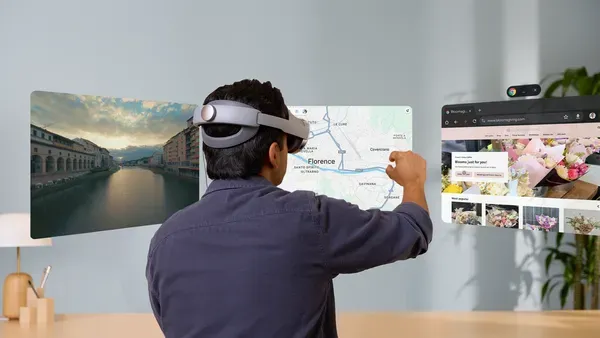Samsung just dropped the Galaxy XR, marking the first consumer headset powered by Google's new Android XR operating system. Priced at $1,799, this mixed reality device represents a major challenge to Meta's Quest dominance, combining familiar Android apps with Gemini AI integration that lets users control their virtual workspace through natural conversation.
Samsung and Google just fired their biggest shot yet at the mixed reality market. The Galaxy XR headset, launching today at $1,799, becomes the first consumer device running Android XR - Google's answer to Meta's Quest ecosystem that's dominated VR for years.
The timing couldn't be more strategic. As Meta prepares its next-generation Quest devices and Apple continues pushing the Vision Pro at $3,499, this Google-Samsung partnership lands squarely in premium territory while undercutting Apple by nearly half.
What makes Galaxy XR different isn't just the price point - it's the deep integration with Gemini AI that turns the headset into a conversational workspace. "Hey Google, organize these windows," users can say when their virtual desktop gets cluttered, and Gemini instantly arranges everything into neat layouts. The AI assistant can also answer questions about what you're seeing in real-time, whether that's basketball player stats during a highlight reel or architectural details while exploring Rome through Google Maps.
Shahram Izadi, Google's VP and GM of XR, positions this as "a first look at this new way of interacting with technology." The Galaxy XR runs millions of existing Android apps from Google Play, plus reimagined versions of YouTube, Google Photos, Chrome, and Meet designed specifically for mixed reality.
The app ecosystem launch includes heavy hitters like Adobe's Project Pulsar for immersive video editing, plus content from Crunchyroll, HBO Max, and Peacock. Over 50 new XR experiences from Adobe, Calm, Fox Sports, and MLB are available at launch. Google's betting on familiar Android apps to ease the transition for mainstream users who've been hesitant about VR adoption.
But the real differentiator is spatial computing integration. Google Photos automatically converts your entire 2D photo and video library into 3D memories you can "step into." Google Maps offers 3D exploration with Immersive View, letting users walk Tokyo streets or soar over the Grand Canyon from their living room. Circle to Search works on both virtual and real-world objects - circle a chair in your room to instantly get shopping results.


